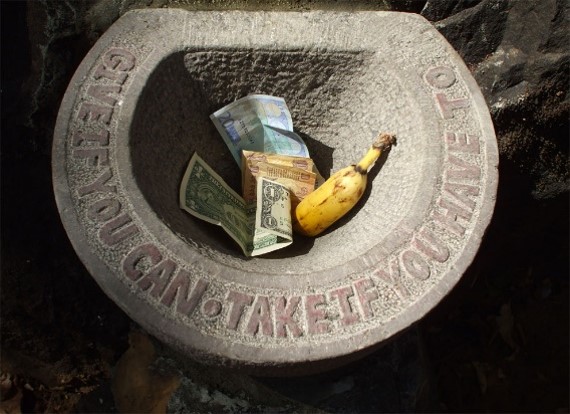Week 1 Arch 576 Reading Summary
Formulating Abstraction: Conceptural Art and the Architectual Object
Boyuan Dong, Wei Lin
Overview
The great development in digital technology and communication pressed architects to recognize less material forms . As a result, the discipline is facing an ontological crisis, which compels a review and critique of its origins. The questioning and criticism occurred in 1960s. That contributed to the dematerialization of the art and architecture.
Technological advances in methods of representation necessitated a shift in conceptions of what precisely constituted a work of art.
Three Closely Related Conceptual Art Movement
- Arte Povera
It took place between the end of the 1960s and the beginning of the 1970s in major cities throughout Italy and above all in Turin. It didn’t point out what the art is, but redefine the boundary of art with the idea of non-material.
- Process Art
- The ‘process’ in process art refers to the process of the formation of art: the gathering, sorting, collating, associating.
- How actions can be defined as an actual work of art.
- Art as pure human expression,rather than as a deliverable or end product.
- Art-and-Technology
“Using less material modes of expression”, found a way to define art as a social relations, even if technologically supported.”
Conceptual Architects Views
- The object-status of art is not important. What important are:
- The inherent cognitive concept.
- The open-ended exploratory process of expressing the concept
Examples
Rem Koolhaas and Zaha Hadid.
They introduced into studio pedagogy
new design methods that were later reflected in their built works.
- Art is seen as expressive of a larger social and biological system.
- There were no clear boundaries between the artist, the art expression and the audience.
- This theory not unique to art but manifest throughout science, music, performance and linguistics.
Examples
Swiss architects Jacques Herzog and Pierre de Meuron
They allowed new possibilities to emerge in their designs.
Discussion of Essentialism & Anti-Essentialism
- Essentialism
Joshua Reynolds, Gotthold Ephraim Lessing
Promoted rigid, inviolable media boundaries and were unable to entertain the possibility that media might be combined.
Clement Greenberg(leading figure of 20th-century art criticism)
- The medium of art, its materiality, was paramount, because it was the ultimate grounding for the work of art.
- Flatness and opticality were the only two irreducible aesthetic experiences in painting.
(“Eliminate everything that might distract viewers from their awareness of the fact that the illusion of pictorial space is just one directed towards the ends of painting. ”)
- To maintain purity, also required absolute integrity. No intermixing of other media.
Clement Greenberg’s Criticism arised the reexamination of the view of classicalism about the notions of integrity in architecture.
Architecture
Consisted of a historical referencing, a recombination of preexisting elements and an uncritical acceptance of tradition.
- Anti-Essentialism (breaking with history)
In World-War 1
Efforts of avant-garde try to break with the history, but the fact is even Le Corbusier did not actually make a clear historical break, such as his racecar, regular line, which make reference of the classical proportions.
In World-War 2
- Housing shortage
- Expanding economy
- Most architects were engaged with topics related to functionality and standardization.
Eventually failed
What can be seen as the conceptual art?
The conceptual artists want to making attempts to present an original concept or idea previously unknown.
Conceptural Art & Architecture
For art
Not only marble or bronze were suitable materials for sculpture. Trash or refuse, industrial materials, even people, as well as immaterial processes such as moisture, sound or energy, could all be art.
Art expressions could be written, gestured, spoken, acted, filmed, industrially produced or conceptualized.
The work of art might exist as a momentary, time-based action, such as performance.
For architecture
The idea is paramount and/or the material form is secondary, lightweight, ephemeral, cheap, unpretentious and/or dematerialized”

Hey guys, thanks for posting this here! I added a category tag to help us organize future reading response posts.
LikeLike